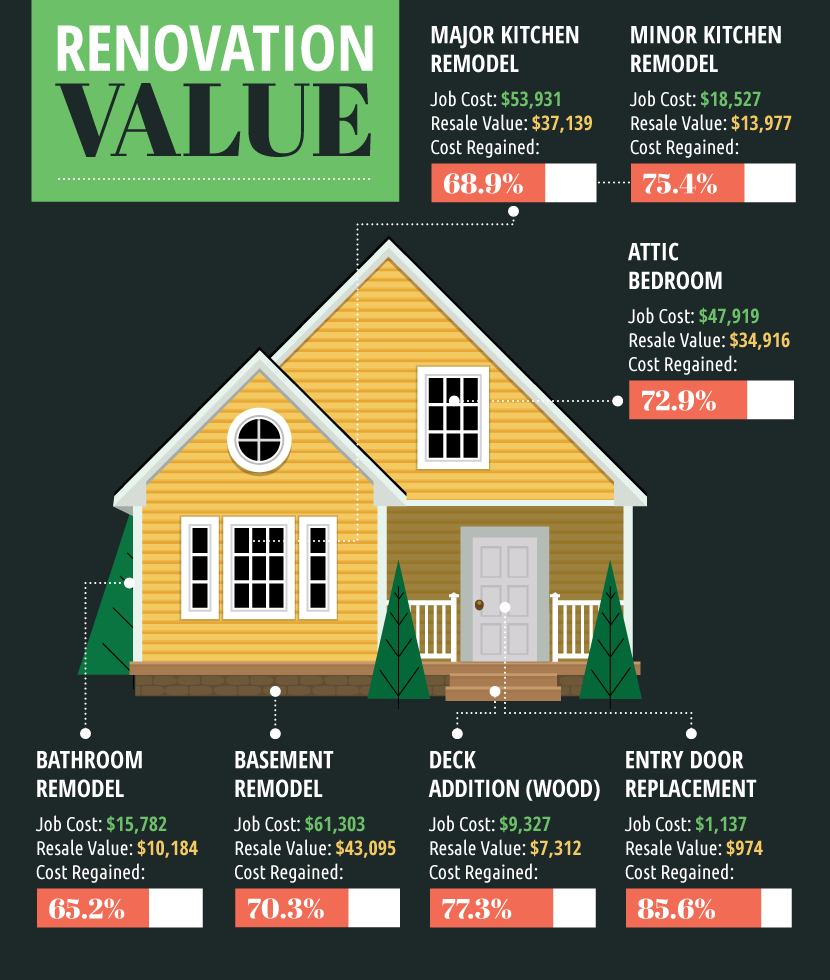Eco-Friendly Cooking Area Makeover: Selecting Sustainable Choices For An Extra Environment-Friendly Living Space
Eco-Friendly Cooking Area Makeover: Selecting Sustainable Choices For An Extra Environment-Friendly Living Space
Blog Article
Written By-Faber Falk
In the world of home improvements, the kitchen stands as a centerpiece for sustainability upgrades. How To Keep Spiders Out Of Finished Basement in the direction of environmentally friendly selections throughout a remodel not just enhances the aesthetic charm but also straightens with environmental obligation. By thoroughly choosing materials and devices with a focus on sustainability, individuals can change their kitchen areas into eco-conscious rooms that promote a greener way of living. The trip in the direction of a more environmentally friendly home starts with the heart of your house-- the kitchen.
Energy-Efficient Home appliances
When starting an environmentally friendly cooking area remodel, one vital aspect to take into consideration is the incorporation of energy-efficient appliances. Energy-efficient appliances are made to eat much less electricity or gas compared to basic versions, leading to minimized power intake and lower energy bills. These appliances frequently birth the ENERGY STAR tag, indicating that they meet stringent power performance standards set by the U.S. Epa.
By going with energy-efficient refrigerators, dishwashing machines, ovens, and other cooking area appliances, homeowners can substantially reduce their carbon impact while appreciating the advantages of contemporary innovation. Seek appliances with functions like smart thermostats, eco settings, and improved insulation to make best use of power financial savings.
Buying these appliances not only adds to a greener atmosphere however additionally adds value to the home.
When searching for energy-efficient devices, compare the power ratings and annual operating costs to make informed choices. Additionally, take into consideration the size of the appliance and how it suits your kitchen area design to make sure a seamless and effective remodel.
Sustainable Materials Choice
For an environment-friendly cooking area remodel that focuses on sustainability, picking products that are eco-friendly and fairly sourced is paramount. Selecting lasting materials such as bamboo, redeemed timber, recycled glass, and recycled steel can dramatically decrease the ecological influence of your cooking area remodel.
Bamboo is a fast-growing and renewable energy that makes for sturdy and fashionable floor covering, cupboards, and counter tops. Redeemed wood adds personality and heat to your cooking area while reducing the demand for brand-new wood. you can try these out supply an one-of-a-kind and environment-friendly alternative to standard granite or marble choices. In addition, choosing recycled steel for components and hardware can additionally boost the sustainability of your kitchen remodel.
When choosing products, search for qualifications such as Woodland Stewardship Council (FSC) for timber items, Cradle to Cradle for total sustainability, or GreenGuard for interior air quality. These qualifications make certain that the materials you pick fulfill particular environmental and moral criteria, helping you develop a greener and more sustainable kitchen area area.
Waste Decrease Strategies
Executing effective waste reduction methods is crucial for a really lasting and environment-friendly cooking area remodel. To decrease waste during the restoration process, consider recovering and repurposing products from the existing cooking area any place possible. Contribute useful products like cabinets, appliances, and fixtures to companies or individuals in need, rather than discarding them. Go with products with minimal product packaging or those made from recycled products to minimize waste created throughout the redesigning job. In addition, select long lasting products that have a longer life expectancy to reduce the requirement for frequent replacements, which can contribute to garbage dump waste.
During the cooking area remodel, set up assigned reusing stations for products like cardboard, plastic, glass, and steel to make recycling convenient for every person associated with the task.
Composting natural waste such as food scraps and backyard trimmings is another effective waste decrease method that can divert waste from landfills and develop nutrient-rich dirt for horticulture.
Conclusion
In conclusion, integrating energy-efficient appliances, lasting materials, and waste decrease techniques in a kitchen remodel can significantly add to a greener home and a much more lasting future. By making conscious selections to decrease environmental influence and carbon footprint, home owners can develop a more green home that benefits both the atmosphere and their budgets. It is essential to prioritize sustainable choices when renovating to advertise a much healthier earth for generations to come.
